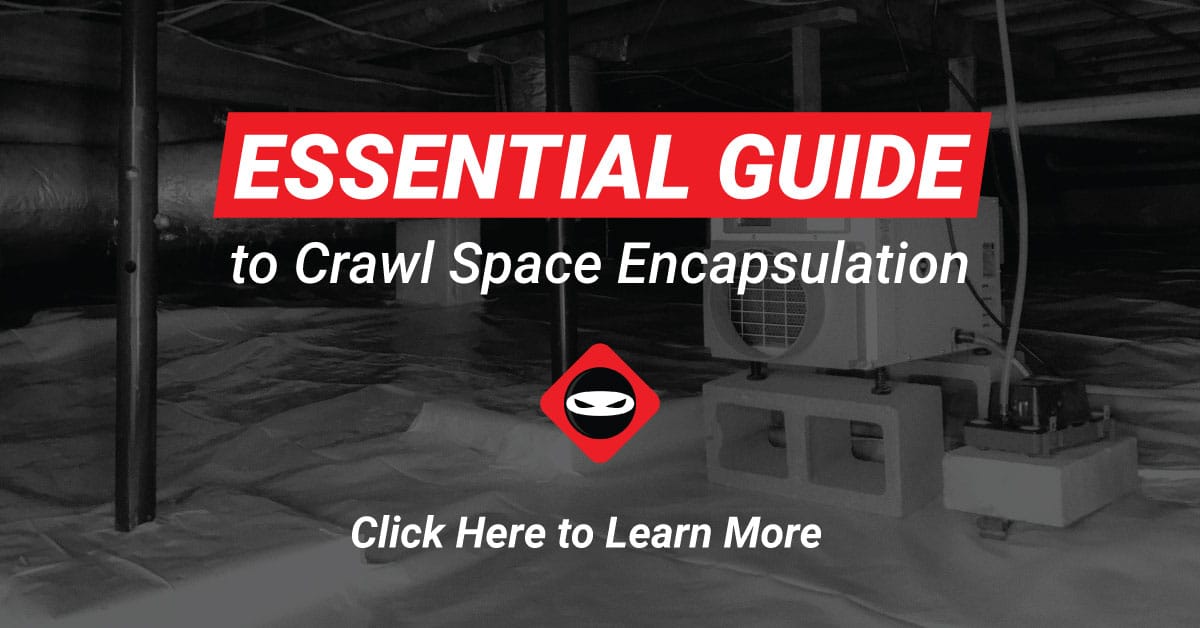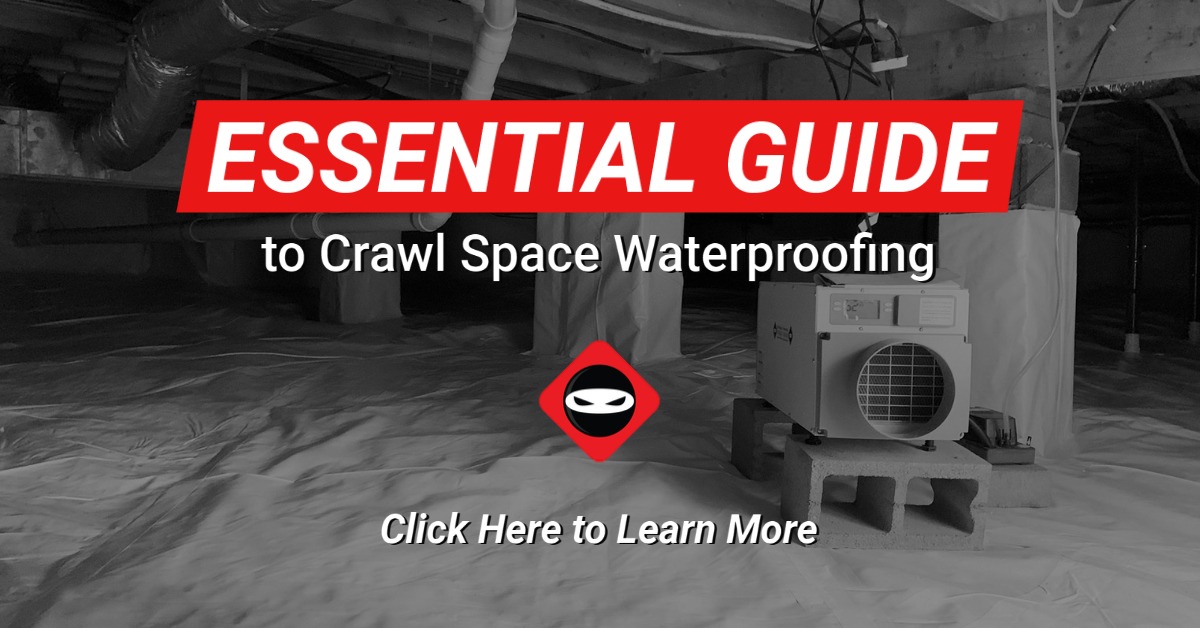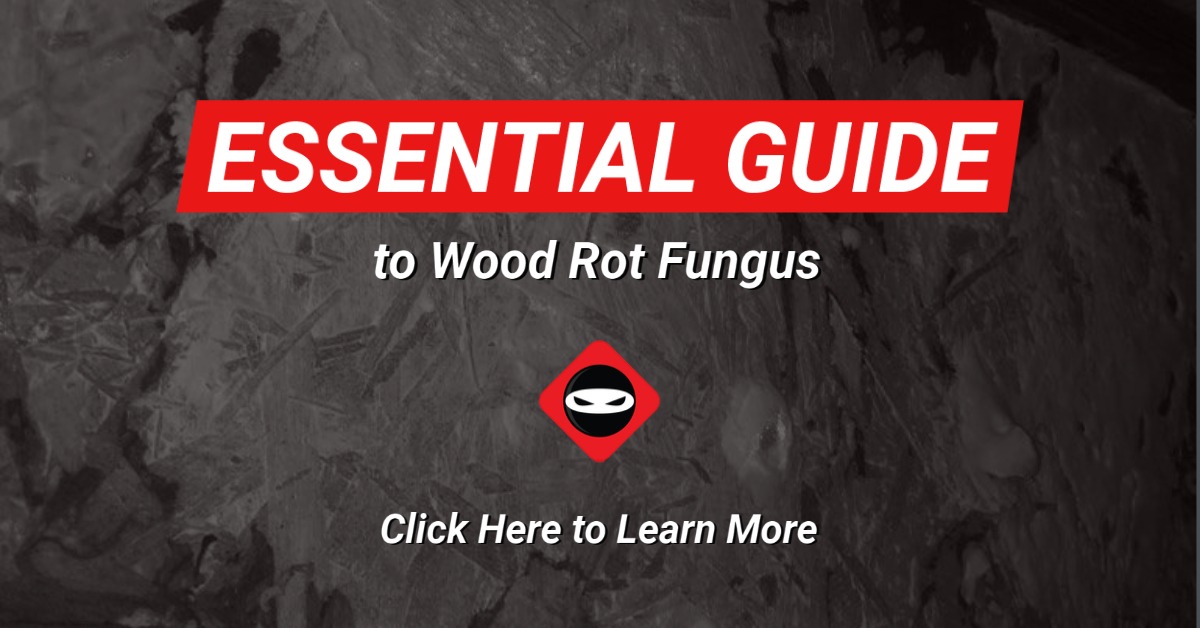Last week I shared 5 Ways to Improve Indoor Air Quality and decided to release 5 more. Please check out last week’s article: https://crawlspaceninja.com/indoor-air-quality/5-ways-to-improve-indoor-air-quality/

Plant Lovers Beware of Overwatering
I have read many online articles stating that indoor plants improve indoor air quality. Make’s sense that the more plants you have in your home the less carbon dioxide because plants ingest CO2 and expel O2 (oxygen). At least that’s what they told me in science class many years ago.
The problem can come when you have lots of plants or even one and you overwater. Overwatering plants can cause the surrounding flooring to become wet as well as raise the humidity inside your home. Wet flooring can lead to hardwood cupping, mold damage and high dust mite colonies in carpets. High humidity can affect mold, virus, bacteria and other indoor pollutants, causing them to intensify. I love houseplants as many do but make sure the care of the plants is not hindering your indoor air quality.

Control Humidity
Most people in the crawl space encapsulation and waterproofing industry focus on controlling high humidity. This is obviously important and the majority of our time is addressing crawls pace issues that lead to moisture problems. But low humidity can also affect your indoor air quality.
Keeping humidity levels inside your home between 45% and 55% seems to be the best levels when considering what can happen above and below those levels. A home with high humidity can suffer from mold issues and out of control dust mites. A home with low humidity levels can have an increase in ozone production and trigger Rhinitis and asthma.
The emphasis is on controlling humidity because different times of the year could require different control methods. You may run a dehumidifier in the summer and a humidifier in the winter. Keep an eye on humidity levels with a humidity reader to stay informed on what levels your home experiencing.

Test for Radon, VOCs, and Mold
Technically testing for indoor air quality issues does not improve indoor air quality but it is invaluable. Many homes have hidden air quality problems and the only way to identify them may be with testing. Once the results are in, you can speak with your local indoor air quality professional to determine the best course of action.
Radon Testing
High radon levels can be very dangerous. According to the EPA radon is the #1 cause of lung cancer among non-smokers. the state of Tennessee provides free radon test kits to home owners. The EPA also recommends testing your home for radon every two years. The recommended radon level is now below 2 pCi/L (picocuries per liter). You can also purchase continuous radon monitor systems, DIY radon test kits for states that don’t supply them, or have a local home inspector test your home for a fee.
VOC Testing
VOCs or volatile organic compounds are found in just about everything that is made. From the new car smell to air fresheners to building materials like carpets and paint. VOCs are everywhere and usually pose some degree of threat depending on the immune system of the home’s occupants. Most people have grown immune to VOCs or even add more of them to affect the odor of the home. This is what can make VOCs a problem is they are often overlooked as a potential threat to indoor air quality. Testing for VOCs can be done by indoor air quality inspectors and even DIY VOC testing products are available. These DIY devices can detect formaldehyde but may be limited on what VOC it can recognize.
Mold Testing
Mold testing kits typically come in several options from surface to air testing and from viable to non-viable. Surface testing is usually used in crawl spaces and other non-conditioned spaces. Air testing is done in living spaces. The air samples are gathered and then compared to the outside mold count. If the inside count is lower than outside, normally it would be considered a passing grade, unless Stachybotrys is found. Stachybotrys or black mold always fails the test. Mold testing is usually done by a home inspector or indoor air quality professional. DIYers can obtain a surface mold test kit at our DIY Store.

Reduce the Use of Harmful Chemicals
Many cleaning products found on the shelves are produced with chemicals that can be harmful. Some of the chemicals used are dual purpose. For example, some deodorizing products use chemicals found in herbicides or pesticides or both. Bleach is a disinfectant commonly used in homes and can off-gas toxic VOCs. Peroxide based cleaners may be a great alternative to other harmful blends on the market.
Indoor Air Purifiers
Indoor air purifiers are great at eliminating odors, ionizing particles and even sanitizing surfaces without chemicals. There are many different products on the market from ozone generators to HEPA filters and each serves a purpose. Some air purifiers have been proven to eliminate germs and other surface pathogens without the use of ozone. Air purifiers can even assist the furnace filters in capturing more dust when ionization is introduced by making the particles larger. If you like more information on the air purifier we recommend contact us via the DIY store.
Ready to find out more?
Drop us a line today for a free quote!
Click HereWhat Next?
Do you need help with mold removal, crawl space encapsulation, crawl space insulation, vapor barrier, waterproofing, or controlling humidity in your crawl space and you live in Georgia, Delaware, North Carolina, South Carolina, Tennessee, Ohio, or Kentucky? If so, please contact us to schedule your assessment. Also, let us know in the comments below if you have an idea for a new blog topic.
Perhaps you’d like to tackle your own crawl space repair. Visit our DIY Store.
Contact us if you need help fixing your crawl space or yard drainage by clicking here.
Learn about Crawl Space Ninja Franchise opportunities.
Storing Volatile Materials in Your Crawl Space
A crawl space is a fantastic place to store extra materials, especially after an encapsulation. After all, once we are done encapsulating, we’ve created a covered conditioned space! However, there are a couple important considerations:
1. Don’t store chemicals, organic material, or volatile material in your crawl space without proper ventilation and proper containers. Generally, we would advise you to keep these things out of your crawl space, regardless of proper storage containers and ventilation.
2. If you store items, make sure you use some type of matting underneath of it so that you don’t compromise the integrity of your vapor barrier!!
3. Use safe lifting techniques for heavier items, and never drag things across the vapor barrier. Happy storage!
-Andrew Davis, Owner, Crawl Space Ninja Wilmington, NC
